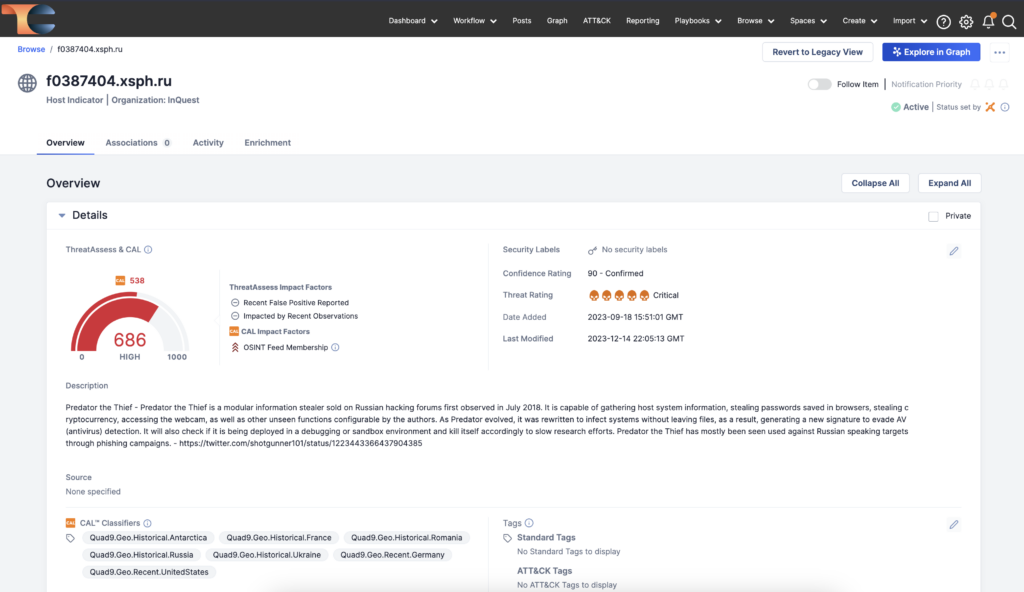InQuest
InQuest empowers private and public sectors to identify, detect, and prevent advanced malware, ransomware, phishing, scam attacks, and data loss incidents. Its industry-leading File Detection and Response (FDR) solution stop file-borne breaches and incidents, automate threat hunting with real-time intelligence, and force multiply SOC and SecOps across the globe.
Specialties
Products
InQuest Intelligence
Downloads
Related Resources
Built By Partner

